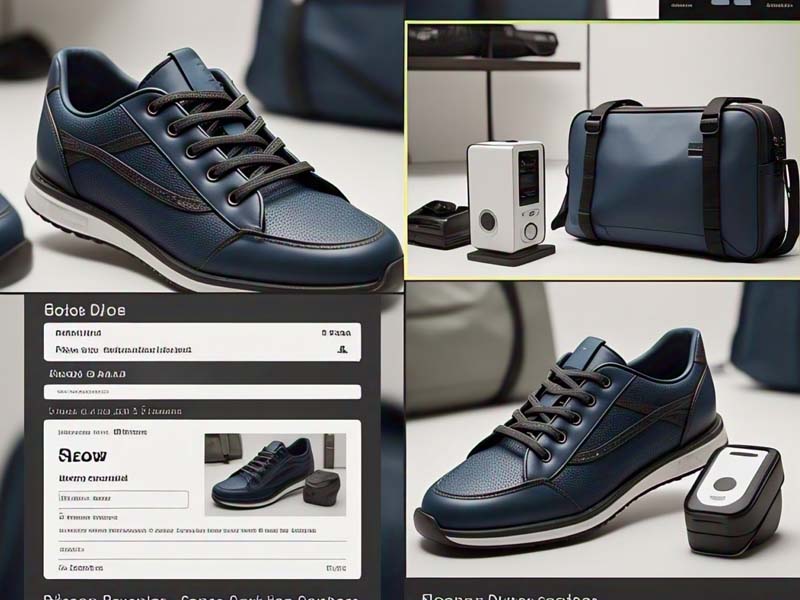
Fastcreasite – The digital landscape is undergoing a revolutionary transformation, thanks to the integration of 3D Elements & AR (Augmented Reality). These cutting-edge technologies are reshaping how users interact with online platforms, creating more engaging, interactive, and visually dynamic experiences. From e-commerce to education, industries are leveraging 3D Elements & AR to bridge the gap between the virtual and physical worlds, offering users a new level of immersion.
Gone are the days of flat, two-dimensional websites. Modern user-centric design is embracing 3D Elements & AR to captivate audiences like never before. Websites are now incorporating 3D graphics, animations, and models to make content more interactive and visually appealing. For instance, a simple product page can now feature a 360-degree view of an item, allowing users to explore it from every angle. This shift not only enhances user engagement but also sets a new standard for digital experiences.
“Eminem 2025 World Tour New Updates, Added Dates, and Special Surprises!”
One of the most exciting applications of 3D Elements & AR is in the e-commerce sector. Brands are using AR technology to let customers visualize products in their real-world environments before making a purchase. Imagine trying out a new piece of furniture in your living room or testing how a pair of sunglasses looks on your face all from the comfort of your home. Platforms like IKEA and Sephora are already leading the way, offering AR-driven features that make online shopping more intuitive and personalized. This innovation is not just a trend; it’s a game-changer for consumer confidence and satisfaction.
The impact of 3D Elements & AR extends far beyond e-commerce. In the gaming industry, these technologies are creating more immersive and interactive environments. Blurring the lines between reality and virtual worlds. Educational platforms are using 3D models and AR to make learning more engaging, allowing students to explore complex concepts in a hands-on manner. Meanwhile, architects and designers are leveraging these tools to create virtual walkthroughs of buildings and spaces, offering clients a realistic preview of their projects. The possibilities are endless, and industries are only scratching the surface of what 3D Elements & AR can achieve.
The integration of 3D Elements & AR is redefining how we interact with digital content. By making experiences more immersive, interactive, and visually dynamic, these technologies are setting a new benchmark for user engagement. As more industries adopt these innovations, the future of digital interaction looks brighter and more immersive than ever before.
“Pressure Relief & Alignment: Upgrade Your Sleep”
FastCreaSite - Web Development & Digital Solutions - Product teams now rely on a structured UX research tools comparison to…
[SITE_NAME] - Product teams now rely on ux testing tools behavior analytics to uncover hidden friction and understand what people…
[SITE_NAME] - Companies now rely on strong digital tools website security to block attacks and protect customer data. Mengapa Digital…
[SITE_NAME] - Product teams now rely on design systems in scaling complex digital platforms to maintain speed and consistency. Mengapa…
[SITE_NAME] - Web designers increasingly rely on web design color psychology to drive clicks, build trust, and guide user decisions.…
[SITE_NAME] highlights how essential cybersecurity tools for modern web projects protect applications from fast-evolving digital threats in 2025. Why Essential…